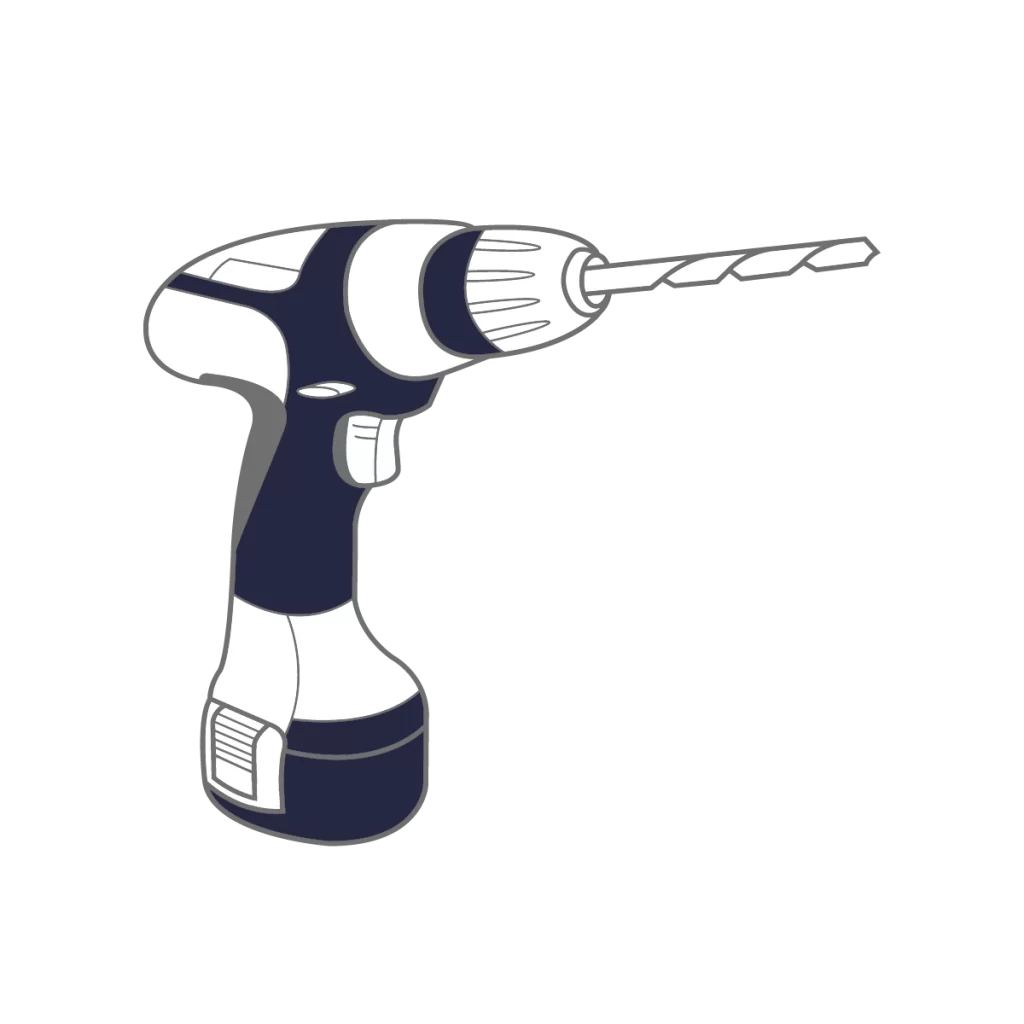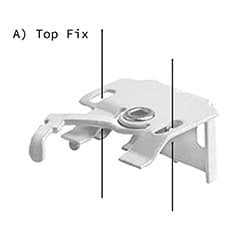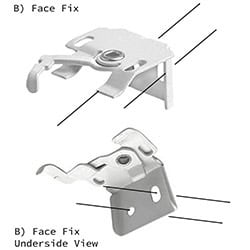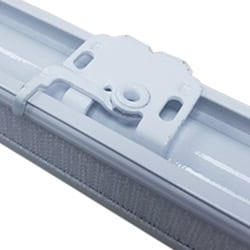How to fit Roman Blinds
Roman Blinds allow you to create a richly textured, multi-tonal atmosphere in your home. With luxurious lining options and a meticulously crafted finish, they provide both thermal insulation and a sense of warmth and sophistication.
What do I need to fit?
Tailored to your specifications, our simple fitting guide will seamlessly guide you through the process, ensuring your Roman blinds are effortlessly installed in no time!
- Pencil: For marking the placements of your brackets on the wall or window frame.
- Screwdriver or power drill: To efficiently install the brackets and screws.
- Measuring tape: To accurately measure the positions for bracket placements.
- Appropriate screws and wall plugs: Ensure you have the correct fittings suitable for the surface you’re mounting the blinds onto. Whether it’s plaster, wood, or steel, it’s advisable to research and select the best fittings for your specific blind installation.






- The blind itself
- Swivel brackets
- Chain-controlled headrail
- Child-safety clip for your wall.
- Child Safety Devices, if required for your chosen control and blind type.



- The blind itself
- Swivel brackets
- Chain-controlled headrail
- Child-safety clip for your wall.
- Child Safety Devices, if required for your chosen control and blind type.



Fitting your blinds
Step 1:- Fitting the brackets
Roman blinds are equipped with a set of swivel brackets, and as the size of the blind increases, you may require more of these brackets. When fitting your blind, you have the option to choose between top-fixing or face-fixing.
Top-fixing involves installing the screws from the bottom up through the top of the brackets. This method is ideal for attaching the blind to the ceiling or the top of the window recess.
Face-fixing, on the other hand, entails fitting the brackets onto a vertical surface, such as a wall, by screwing them in from the back side of the brackets.





Step 2:- Fitting the brackets
The swivel brackets included with your blind feature a slight lip that inserts into the top of the headrail, near the front. Use a gentle swinging motion to slot the headrail into place. You may need to angle the blind slightly to ensure proper alignment. Ensure that the front arm of the bracket is opened counter-clockwise for the next step.
Once the brackets and headrail are securely in place, swing the arm to the left, closing it to lock the blind into position. If necessary, apply gentle pressure to ensure a secure fit.
Finally, reattach the Velcro part of your Roman blind fabric to the headrail, concealing the brackets’ arms from the front. And there you have it – your blind is securely installed!






- Regular Dusting: Use a soft brush attachment on your vacuum cleaner or a duster to gently remove dust and debris from the surface of the blinds. This should be done weekly or as needed to prevent buildup.
- Spot Cleaning: For minor stains or spots, use a mild detergent mixed with water and a soft cloth to gently spot clean the affected areas. Avoid using harsh chemicals or abrasive cleaners, as they may damage the fabric.
- Professional Cleaning: If your blinds require deeper cleaning or if they are heavily soiled, consider professional cleaning services. They have the expertise and equipment to clean your blinds safely and effectively.
- Avoid Excessive Moisture: Roman blinds are typically not designed to withstand excessive moisture. Avoid cleaning them with water unless absolutely necessary, and be cautious when installing them in humid areas such as bathrooms or kitchens.
- Handle with Care: When operating your blinds, handle them gently to avoid pulling or tugging on the fabric. This will help prevent damage and ensure longevity.
- Cordless Options: Choose cordless Roman blinds or those with inaccessible cords to eliminate the risk of entanglement. Cordless blinds use alternative mechanisms for operation, such as motorization or wand control.
- Cord Safety Devices: If corded blinds are necessary, ensure that they come with appropriate cord safety devices. These devices help to keep cords out of reach of children by securing them to the wall or window frame.
- Keep Cords Out of Reach: Regularly inspect your blinds to make sure that cords are securely out of reach of children. Use cord cleats or wind-ups to keep cords neatly secured and away from little hands.
- Supervision: Always supervise young children around blinds and window areas, especially if cords are present. Educate older children about the dangers of playing with blind cords and encourage them to keep cords out of reach.
- Retrofitting: If you have older blinds with looped cords, consider retrofitting them with cord safety devices or replacing them with safer options.
